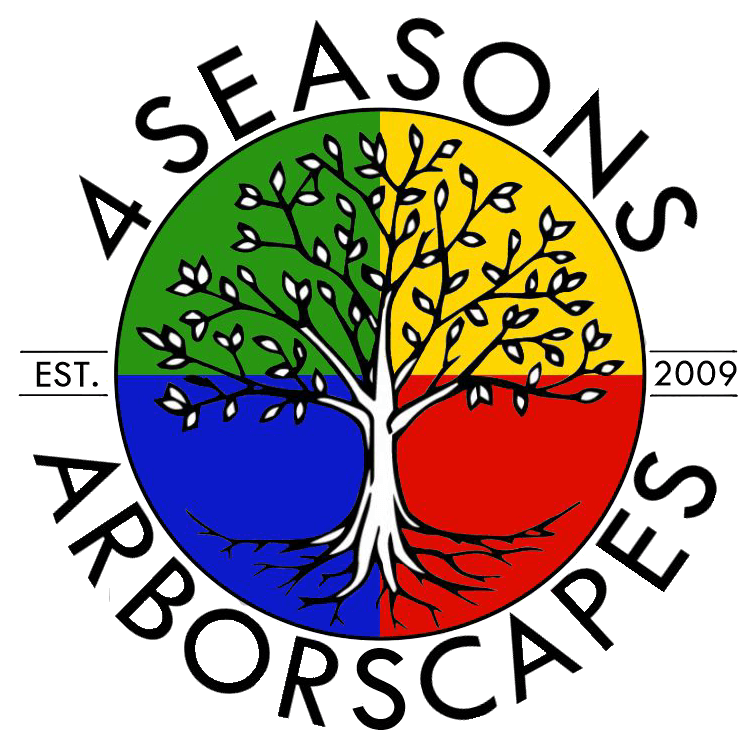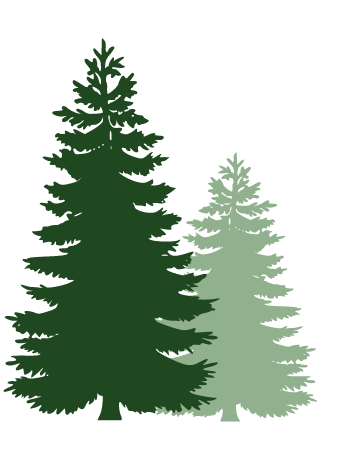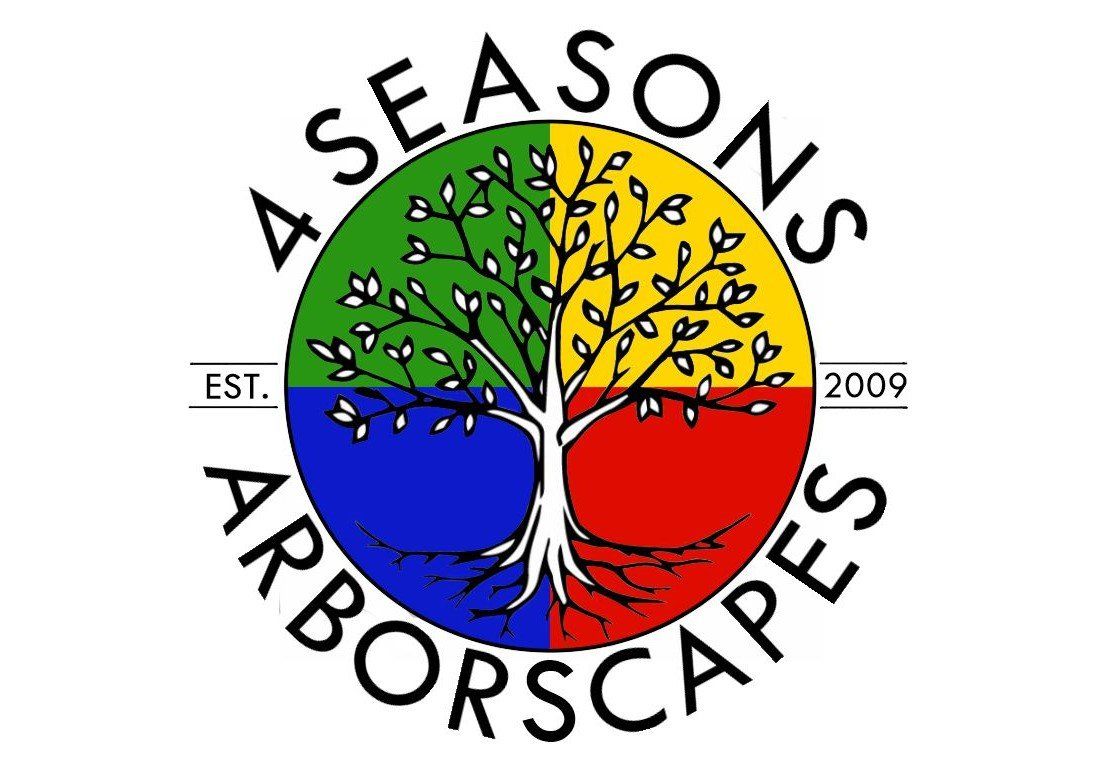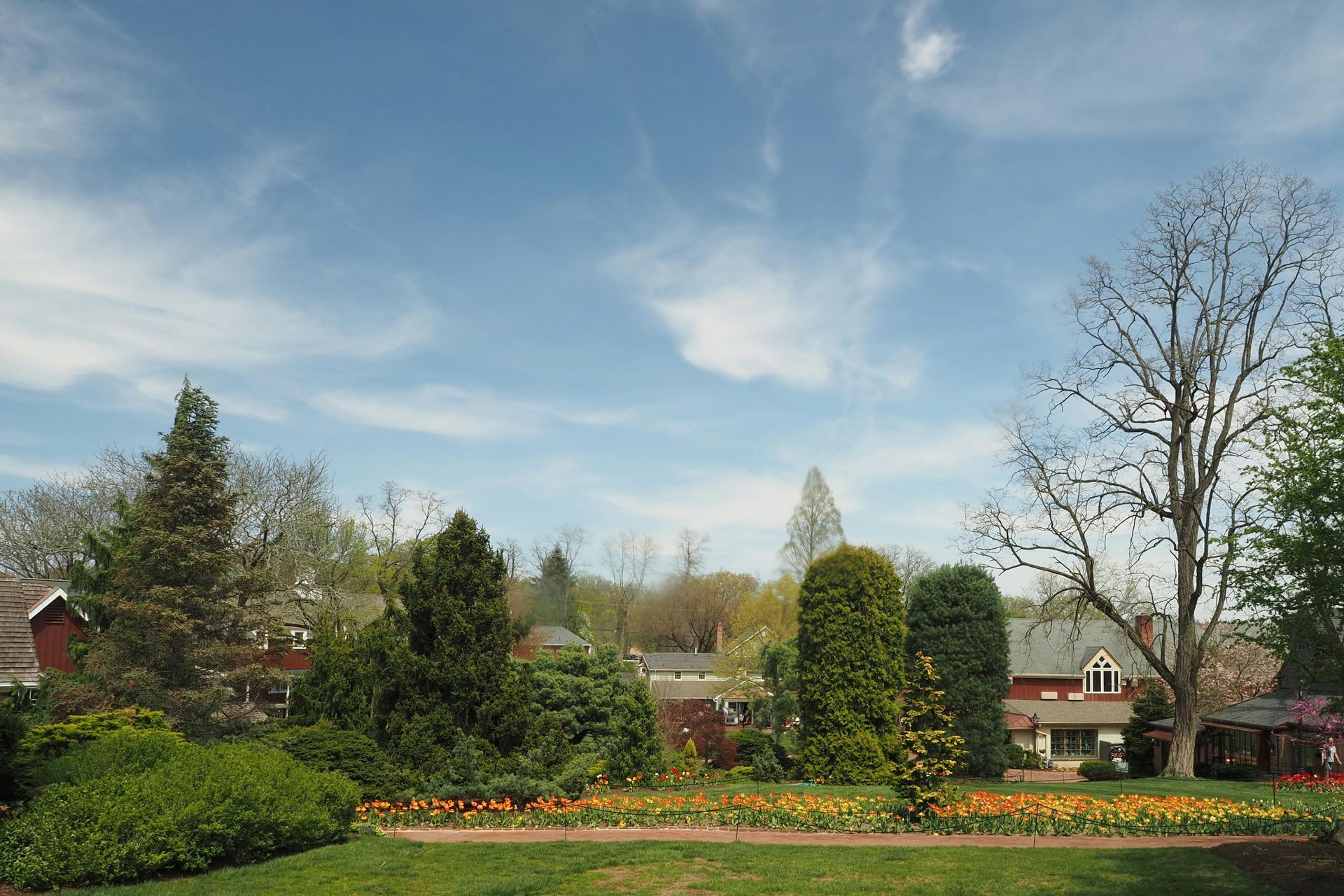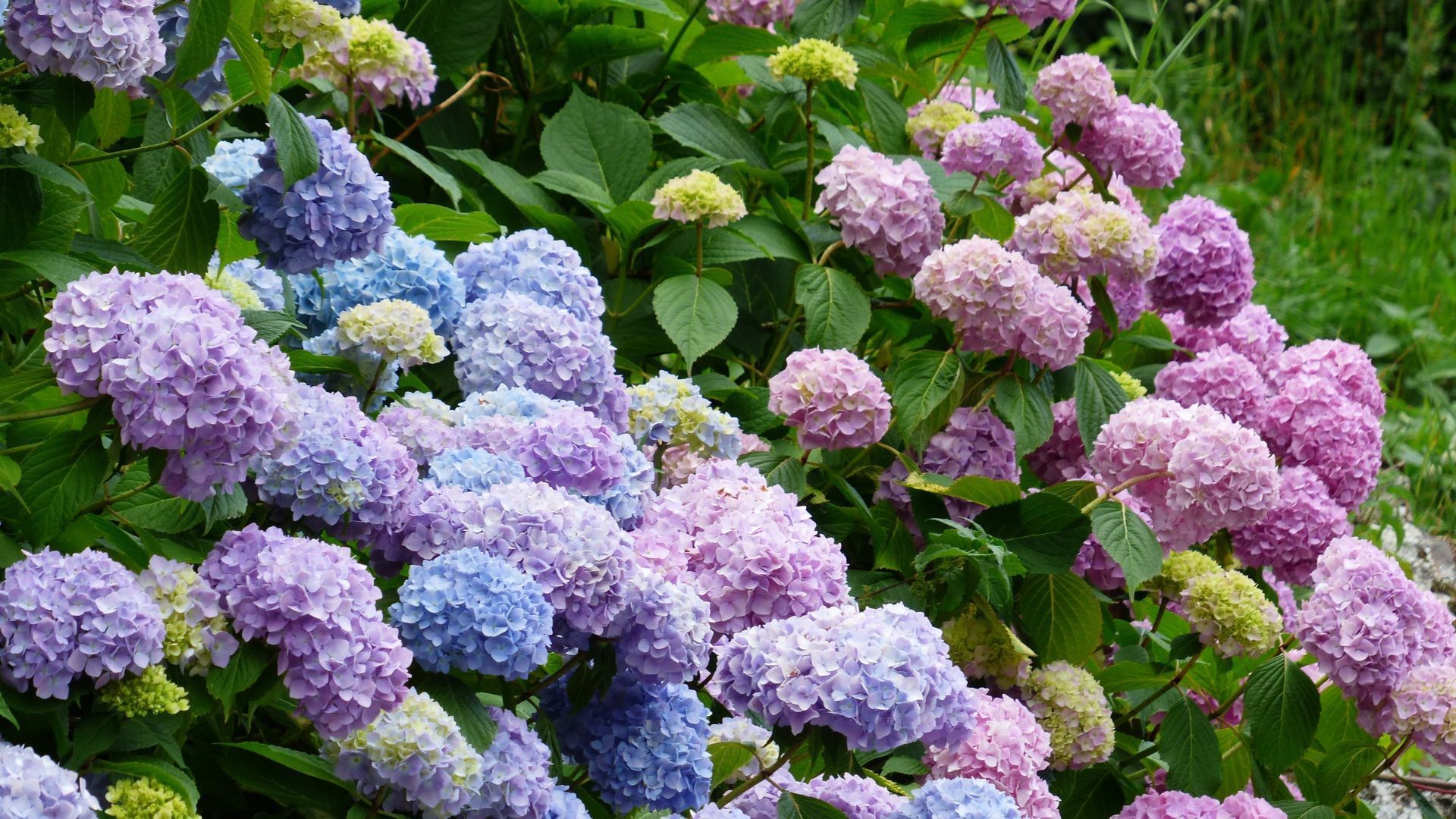Ways to Upcycle Tree Branches and Logs
When you have to cut a beloved tree down in your yard, there are so many ways to upcycle the pieces to keep the memories alive in your house and outside.
Ideas for inside your home
- pencil holder
- one of a kind handrail
- indoor/outdoor coffee table
- houseplant holders
- cat tree
- branch wall art
- clock
- cutting board
- wood heart
Ideas for outside
- rustic fencing
- garden arbor
- bug house
- garden walkway
- tree stump planter
- garden edging
If you can leave a dead tree standing safely, it will be used by wildlife for nesting, perching, and as a food source. Dead trees can be an environment for moss and fungi. Birds like woodpeckers will create nest holes in them. When they leave, the holes are ready-made nesting sites for other bird species, such as chickadees, titmice, nuthatches, wrens and even owls. Tree cavities provide winter cover from harsh weather and a place to hide from predators. Dead trees are components of an ecosystem that will eventually create rich soil, that can be used in your garden.
An easy way to use up dead wood is chip it into mulch or cut it up for firewood.
References:
50 Ways to Upcycle Tree Branches and Logs - Living Vintage (livingvintageco.com)
6 Ways to Upcycle Dead Trees (arbordayblog.org)
10 Clever Things To Do With Fallen Tree Branches and Tree Trunks (urnabios.com)
Drop that Saw and Leave the Dead Trees Standing! | Habitat Corridors
Images - Canva
Check out the latest...
